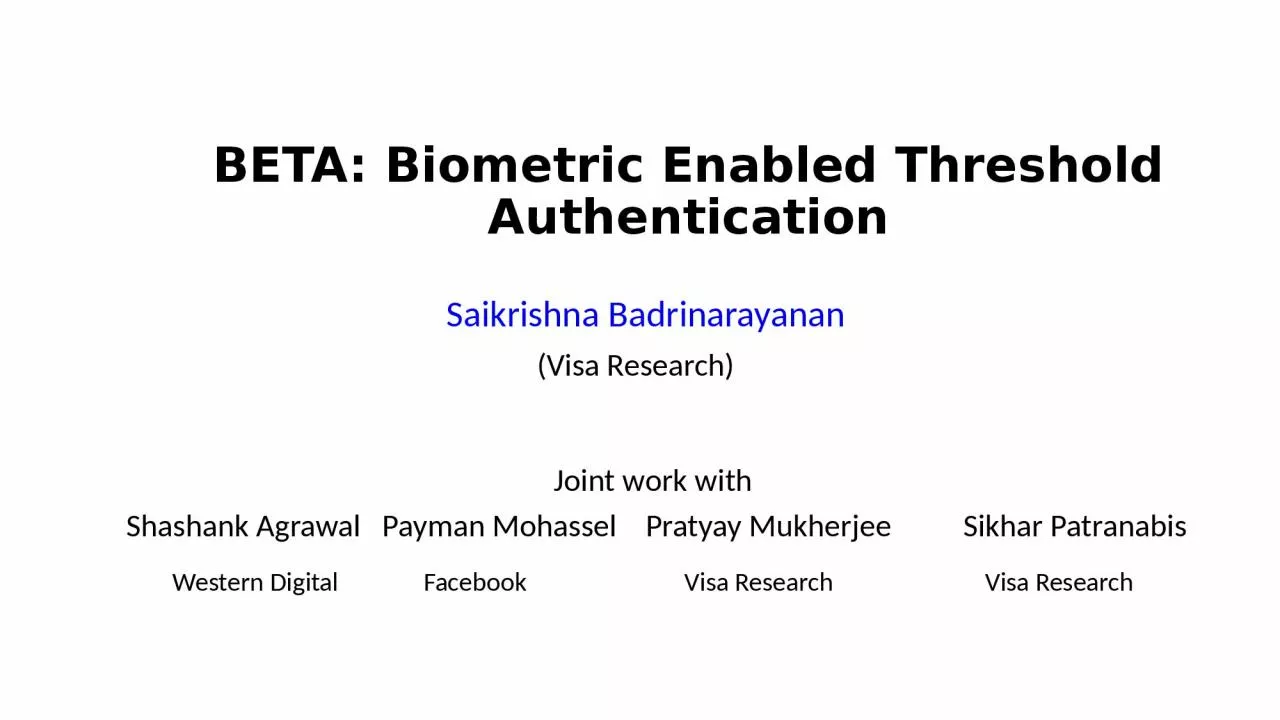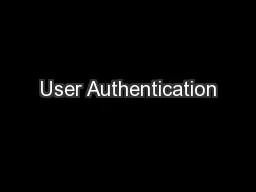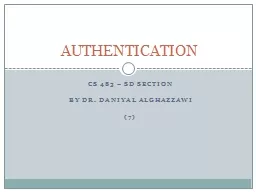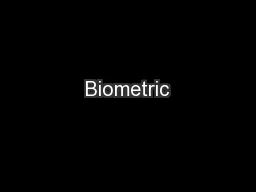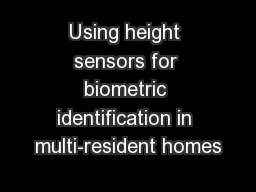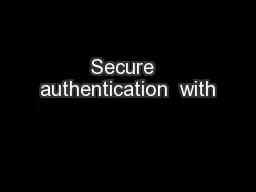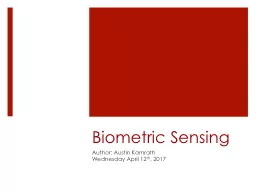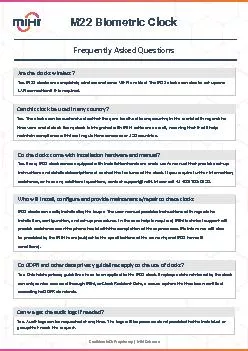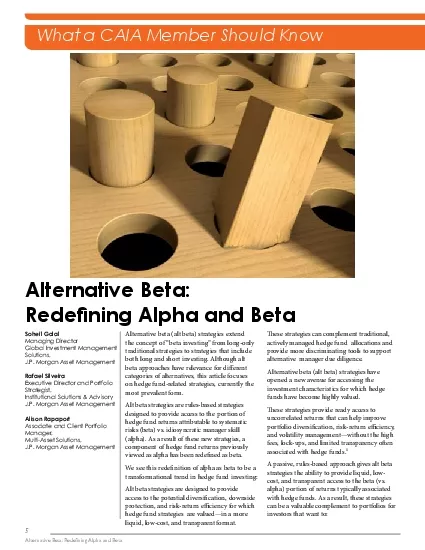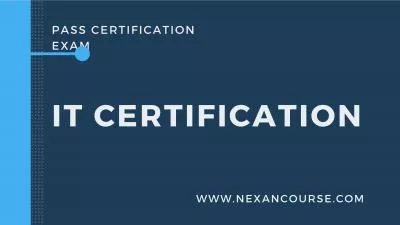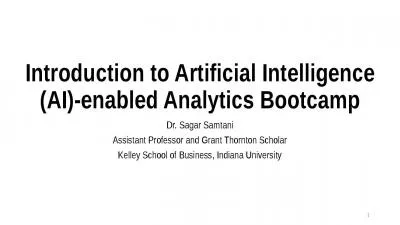PPT-BETA: Biometric Enabled Threshold Authentication
Author : HotMess | Published Date : 2022-08-03
Saikrishna Badrinarayanan Visa Research Joint work with Shashank Agrawal Payman Mohassel Pratyay Mukherjee Sikhar Patranabis Western Digital Facebook Visa
Presentation Embed Code
Download Presentation
Download Presentation The PPT/PDF document "BETA: Biometric Enabled Threshold Authen..." is the property of its rightful owner. Permission is granted to download and print the materials on this website for personal, non-commercial use only, and to display it on your personal computer provided you do not modify the materials and that you retain all copyright notices contained in the materials. By downloading content from our website, you accept the terms of this agreement.
BETA: Biometric Enabled Threshold Authentication: Transcript
Download Rules Of Document
"BETA: Biometric Enabled Threshold Authentication"The content belongs to its owner. You may download and print it for personal use, without modification, and keep all copyright notices. By downloading, you agree to these terms.
Related Documents

